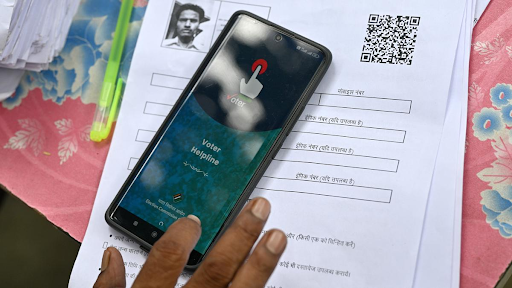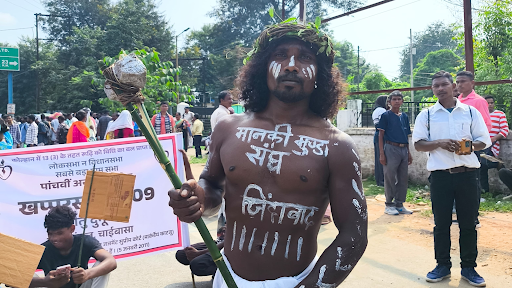




Copyright infringement not intended
Picture Courtesy: NEWSONAIR
The Ministry of Panchayati Raj has unveiled Panchayat Advancement Index (PAI) 2.0 to deepen grassroots-level development monitoring.
The first version of PAI (PAI 1.0) was launched for the financial year 2022–23 and covered data from 2.16 lakh Gram Panchayats across 29 States and Union Territories.
It is a tool created by the Ministry of Panchayati Raj, as a multi-domain and multi-sectoral index designed to assess the overall development, performance, and progress of Panchayats across India.
It serves as India's first comprehensive framework for evaluating grassroots governance, assessing their progress in achieving Localized Sustainable Development Goals (LSDGs). These LSDGs are India’s way of adapting the United Nations’ Sustainable Development Goals (SDGs) to suit local, rural contexts.
The PAI looks at nine key themes to evaluate a Panchayat’s performance:
To measure these themes, the PAI uses 435 unique indicators (like access to schools, clean water sources, or employment schemes) and 566 data points. The PAI evaluates Gram Panchayats on a 0–100 scale based on their performance across the nine LSDG themes.
Depending on their scores, Panchayats are categorized into five groups:
In the 2022–23 PAI report, Gujarat led the country with 346 Front Runner Panchayats and 13,781 Performer Panchayats, setting a benchmark for rural governance. Telangana followed closely with 270 Front Runner Panchayats. However, no Panchayat achieved the Achiever status, showing there’s still work to be done.
On May 26–27, 2025, the Ministry of Panchayati Raj held a two-day National Writeshop in New Delhi at the Dr. Ambedkar International Centre to roll out PAI Version 2.0 for the financial year 2023–24.
During the Writeshop, the Ministry launched the PAI 2.0 Portal, released the Local Indicator Framework (LIF) Booklet for 2023–24, and introduced the Standard Operating Procedure (SOP) for PAI 2.0. These tools provide a clear roadmap for Panchayats to collect, validate, and use data effectively.
PAI 2.0 reduces the number of indicators from 516 to 147, focusing on outcome-oriented, measurable metrics. This makes it easier for Panchayats to report data without losing the depth of the assessment.
The new PAI 2.0 Portal now pulls data directly from national portals of various Union Ministries, reducing manual work for Panchayats.
Must Read Articles:
Microdata Insights for Panchayats
Source:
|
PRACTICE QUESTION Q. "Panchayati Raj Institutions (PRIs) are the backbone of grassroots democracy in India." Discuss their role in achieving the Sustainable Development Goals (SDGs). 250 words |








© 2026 iasgyan. All right reserved